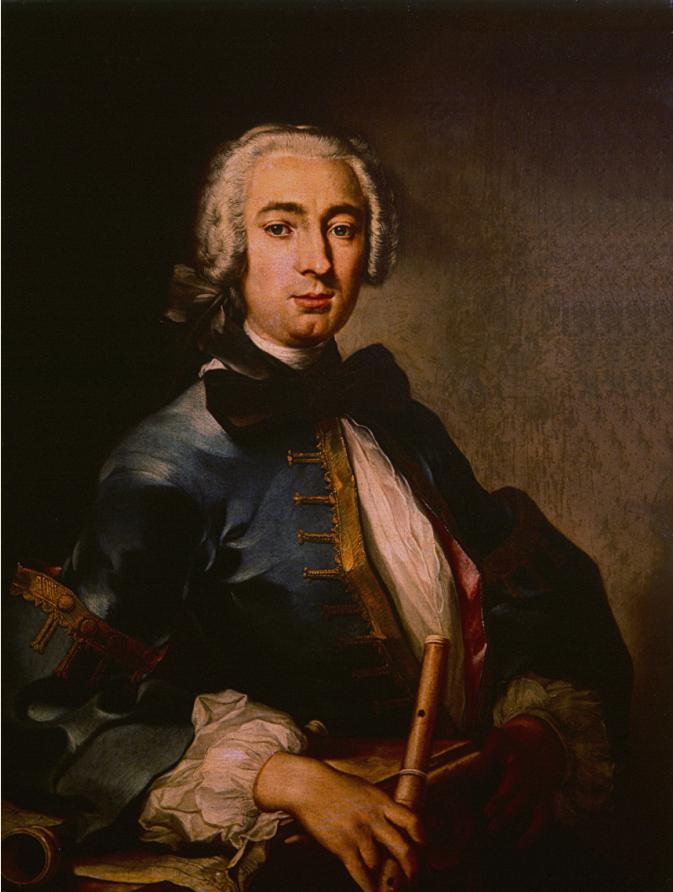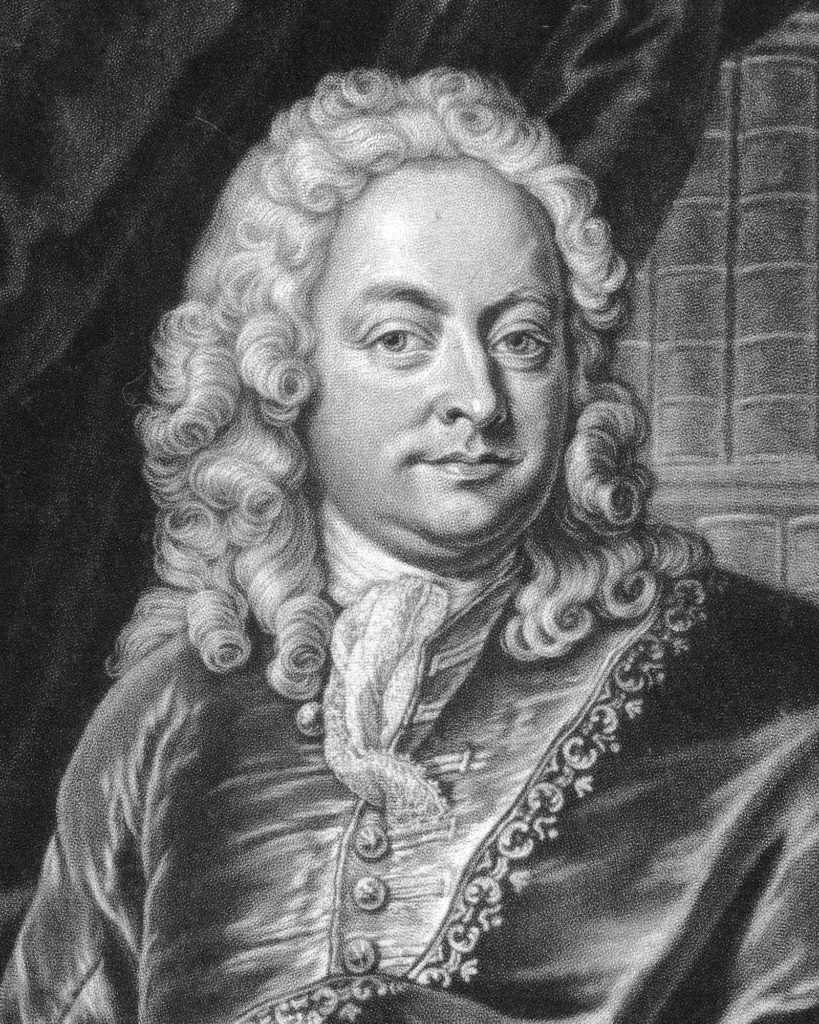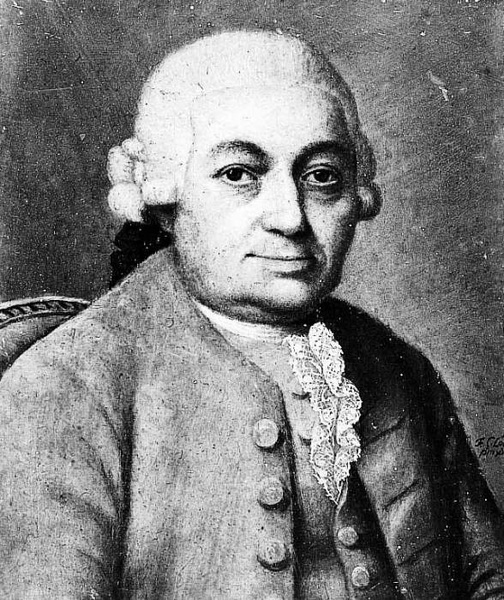Table of Contents
Introduction
In this article I would like to talk to you in the most practical and concise way possible about the musician Frederick II, a side of his multifaceted personality that not everyone knows. I will try to show you in a broad way the context of the History of Music in which the great King of Prussia lived, avoiding all those considerations about his biography that you could find everywhere online.

The Historical Context
Frederick II’s father did not have great consideration for Music, it seems that he did not love it at all. Despite this, his son Federico (1712-1786) showed strong musical skills from early childhood. For the rulers a strict education was provided, which also included the introduction to the musical art: for this reason Frederick in 1728 became a pupil of one of the greatest flutists of the eighteenth century, Johann Joachim Quantz. Gradually, with the advance of musical training, Frederick II constituted a real private Musical Chapel that will be transformed, in 1736, into a royal chapel; a few years later, he served there as a harpsichordist and accompanist to the king none other than Carl Philipp Emanuel Bach, son of Johann Sebastian Bach. The flute, in fact, famously required an accompanist; and yet Frederick II was not only flutist, but also a skilled composer: among his works we find sonatas for flute and harpsichord, concertos for flute, symphonies and arias. Many of these compositions were written together with Maestro Quantz, who in the meantime had taken service together with Bach son.

Music In The Time Of Frederick II Of Prussia
In the second half of the eighteenth century the idea that Reason can act as a fundamental method of the investigation of knowledge began to fade and the first romantic premises on the enhancement of feeling made their way. With the philosopher Shaftesbury begins the enhancement of inner representations. In 1737 we have news of a criticism of the theorist Scheibe, of which we have already had the opportunity to speak in an article that you find here, in which Bach was accused of too much polyphony and of a writing in which the melodic line came out disturbed due to the prevalence of the contrapuntal aspect. To the rational interweaving of counterpoint Scheibe preferred the most emotional musical style practiced in Germany at the time: the Galante Style.
The Gallant Style
The musician Johann Mattheson was among the first composers to introduce, in 1713, the term gallant. According to this German critic, each instrument of the orchestra had its own peculiar emotional connotation. The scope of his considerations was revolutionary: in a fragment of the work L’Orchestra Di Nuova Istituzione he explains that in addition to Melody and Harmony a third term must be introduced to define the music that begins to be written in the eighteenth century, or Galanteria, which paraphrasing is defined by Mattheson as follows:
In the event that the reader was not gallant enough to understand what it means in gallantry music it would not be improper to compare with a dress in which the cloth could represent the much needed harmony, the model the melody convenient to this harmony and in a certain way the needle embroidery would be gallantry.
– Johann Mattheson

This first definition, to tell the truth rather vague, will definitely expand. For example, Quantz in his treatise entitled Treatise On the Transverse Flute will say that the sole purpose of the new Music is to move and provide pleasure. This last treatise will be of fundamental importance for the musicians of the following centuries, including contemporaries, because it shows in summary the arts of trilling, of embellishment in general, giving exhaustive explanations from an executive point of view.
Carl Philipp Emanuel Bach

The Music defined as gallant was generally a less exclusive music, aimed both at the great professionals of the court, but also at the amateur who wanted to play in his own home, in the family, during a meeting with friends, a dinner etc. It was Music destined to be cultivated also as a domestic interest: of this we have testimony also in the titles of some works, such as the collections of sonatas that Carl Philipp Emanuel Bach (1714-1788) subtitled for connoisseurs and amateurs. The Galante Style takes with the latter author a turn to say the least original. He wrote music using extensively the chromatisms, using writing formulas that in retrospect we could define already operatic. In his Music disappear completely what were considered polyphonic limits of Bach father, to leave room for a distinct emotional intimacy, more in line with the taste of the Galante Style. This brought Bach son a resounding success, which far exceeded that of his father, at least until 1830, the year after Felix Mendelssohn’s execution of the Second Matthew Passion, the first brick for the construction of that building that will be the Bach myth from the nineteenth century to the present day. Of course, the instrument favored by Bach son will be the keyboard, in which he will be able to experiment with the most daring accompaniment solutions, which will bring the composer closer to pre-romantic taste. Between the Galante Style and Romanticism, in fact, there is an essential period in the history of Music, the Classical one, from which the genre of Classical Music takes its name. Although Classical Music commonly understood includes a period ranging from the Year One Thousand to the Twentieth Century, the Classical Period is essentially represented by the First Vienna School, namely Mozart, Haydn and Beethoven. The latter regarded Bach’s treatise as the son with such esteem that he recommended it to his pupils to read. Below you can buy the paper score of the Sonatas by Carl Philipp Emanuel Bach: if you do it through the banner below, a small percentage will go to support this blog.
Conclusions
For this article on the figure of King Frederick II of Prussia is everything. We had the opportunity to range in the historical context and to make valuable considerations on the Galante Style, but if you want to further deepen the topics that gravitate around this theme do not forget to subscribe to the blog through the e-mail form. In this way you will receive a notification at the publication of each new article: we will see you in tomorrow’s one!
- History Of The Piano – The Fortepiano - July 12, 2022
- Curt Sachs – History Of Organology At a Glance - July 8, 2022
- Giuseppe Verdi – Rigoletto, Il Trovatore, La Traviata - June 29, 2022
